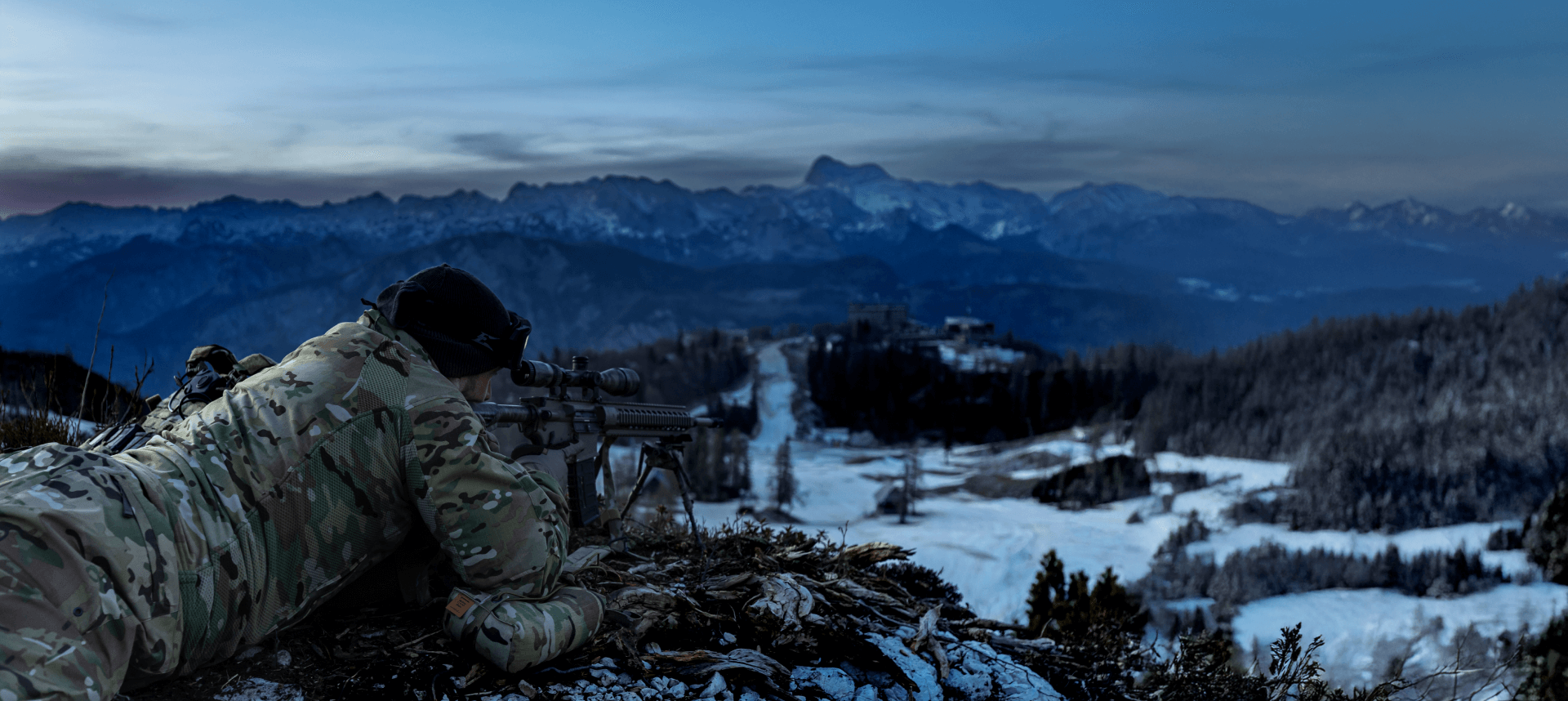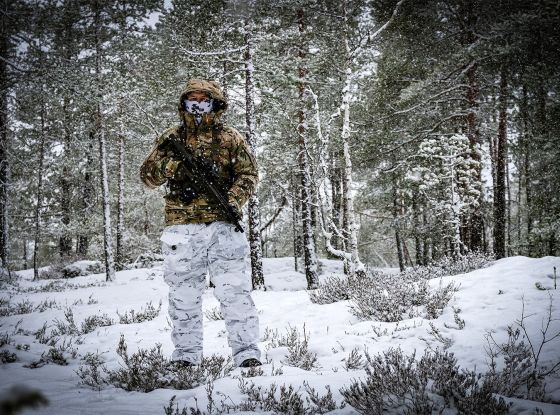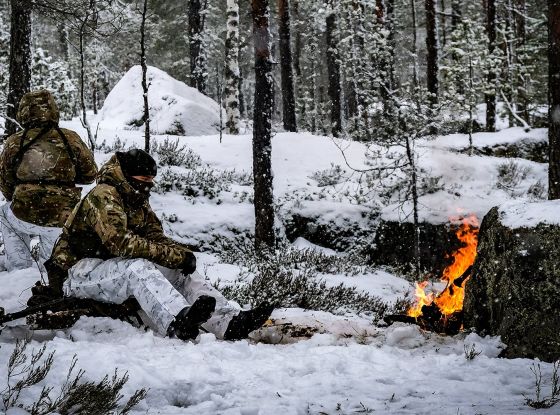Tactical jacket is your first line of defense against elements, crucial for maintaining peak performance in adverse conditions. Whether you're braving cold weather, dealing with heavy rain, or operating through windy environments, selecting the right cold weather tactical jacket is paramount. To help guide your purchase, here are five essential factors to consider before buying a tactical jacket.
In this blog post:
The role of a cold weather tactical jacket
A cold weather tactical jacket is not just a fancy accessory; it’s a piece of winter tactical gear that can make or break your mission. Designed for operators who face extreme environments, these jackets combine insulation, waterproofing, breathability, and durability to ensure that you remain warm, dry, and comfortable while performing demanding tasks. But how do you pick the right one?
Let's dive into the five most crucial things to keep in mind.
1. Weather conditions and environment
The first and most important factor to consider is the environment you’ll be operating in. Are you in frigid, snowy conditions or dealing with unpredictable rains? The jacket you choose must be suited to your operational environment. A cold weather combat jacket built for sub-zero temperatures needs to have excellent thermal insulation, while a jacket for rainy climates should focus on waterproofing.
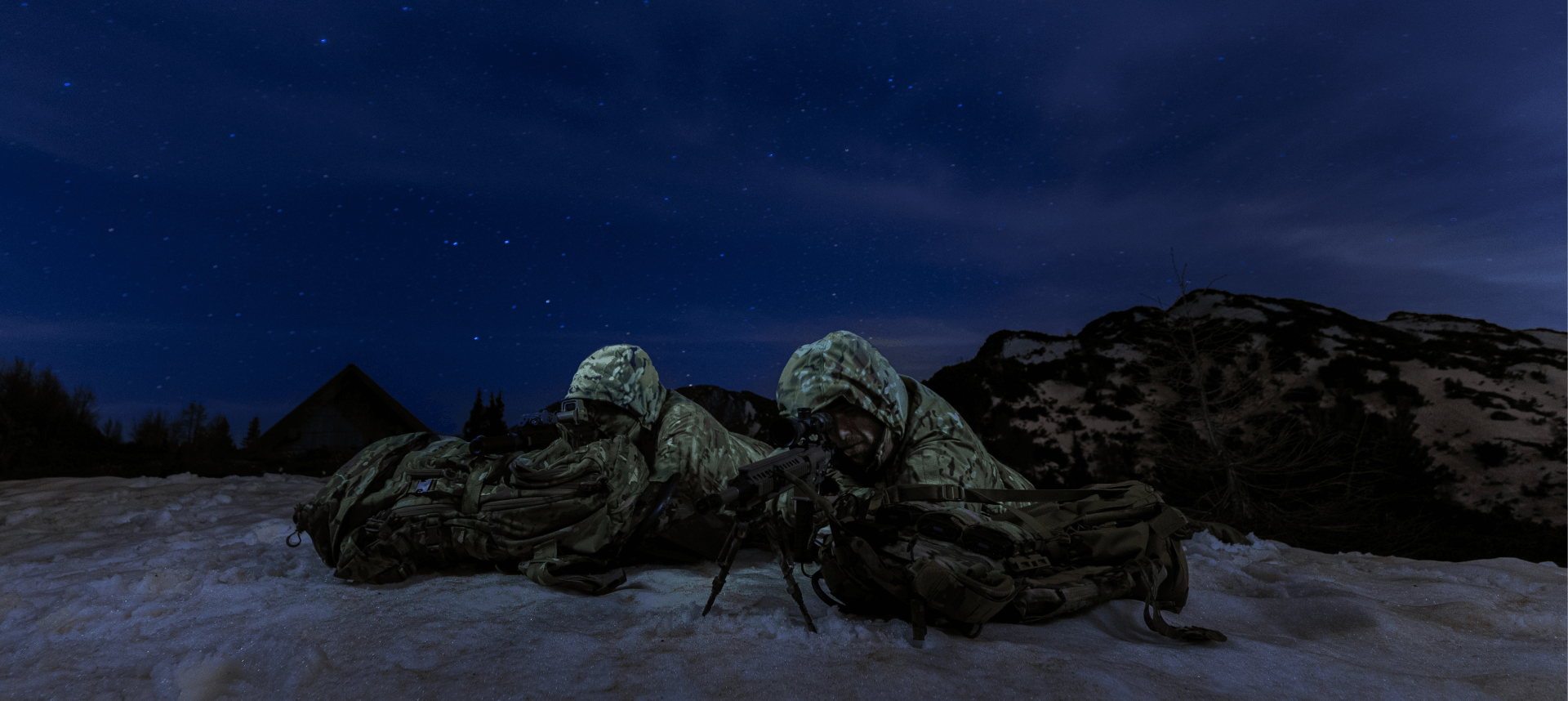
SUBSCRIBE TO UNLOCK OUR EXCLUSIVE CONTENT
Enter your email and get timely updates and relevant intel on tactical topics directly to your inbox.
You are signing up to receive updates via e-mail from which you can opt out at any time. Visit our privacy policy for more info.
Understanding cold weather and activity level
For cold weather operators, staying warm isn't a luxury—it's a necessity. Exposure to freezing conditions without the right gear can lead to hypothermia, frostbite, and a drastic drop in performance.
However, the level of activity plays a crucial role in determining how much insulation you need. If you're highly active, generating more body heat, your jacket should balance warmth with breathability to prevent overheating and moisture buildup.
On the other hand, during low-activity or static situations, robust insulation becomes even more critical to retain body heat and protect against freezing temperatures. A cold weather jacket for operators must adapt to these varying activity levels, offering versatile protection that keeps you warm without compromising mobility or comfort.
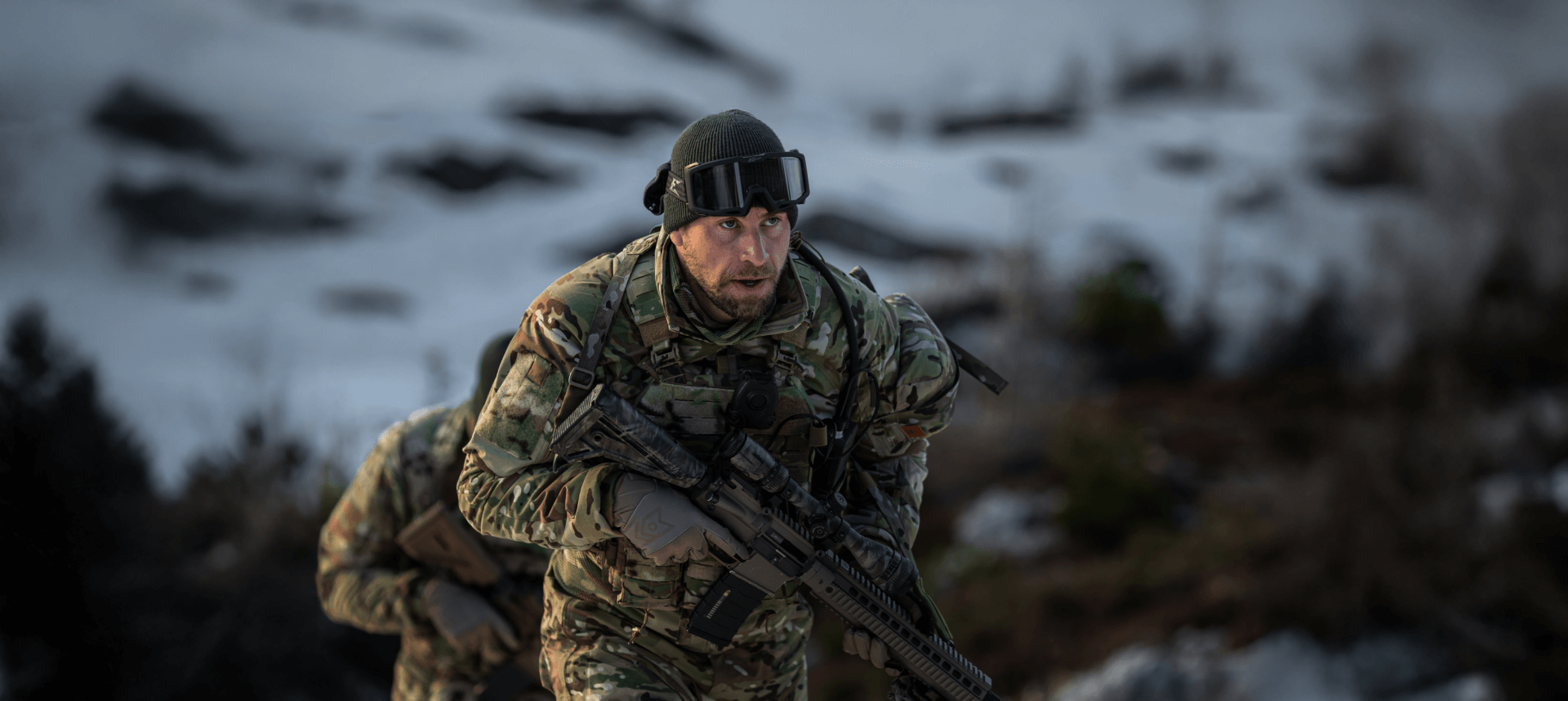
2. Insulation types and their benefits
Insulation is the heart of any tactical winter jacket. It’s what keeps you warm and ready for action. There are a few different types of insulation to consider, each with unique benefits and trade-offs.
Natural insulation
Down insulation is a popular choice due to its lightweight feel and exceptional heat retention. It's particularly effective for keeping you warm in dry conditions but can lose its insulating properties when exposed to moisture. Although some jackets feature treated down to improve water resistance, down insulation remains less effective in wet environments.
Synthetic insulation
Synthetic insulation offers an alternative that performs better in wet conditions. Synthetic fibers, unlike down, retain their ability to insulate even when damp, making them more reliable in unpredictable weather. These fibers also dry more quickly, providing lower maintenance and consistent warmth in moist environments. Options like G-Loft insulation are frequently used in tactical gear for their balance of warmth and durability.
Why synthetic insulation works for operators
Synthetic insulation, including G-Loft, combines the benefits of warmth retention with enhanced water resistance. With a good warmth-to-weight ratio, synthetic insulation performs well in a variety of conditions, particularly in cold and wet environments. Whether you’re navigating mountainous terrain or operating in wet forests, synthetic insulation offers the reliable performance needed for demanding missions.
For an in-depth comparison of thermal insulation options, check out our Ultimate Guide to Thermal Insulation.
3. Waterproofing and breathability
A jacket might keep you warm, but what happens if you’re caught in a downpour? Waterproofing is a critical feature of any winter tactical gear. Look for jackets equipped with advanced waterproof fabrics like GORE-TEX or eVent fabric to keep the elements out.
Waterproofing with GORE-TEX
GORE-TEX is a renowned material in outdoor wear, offering waterproofing that doesn’t sacrifice breathability. It ensures that rain or snow won’t penetrate your jacket, keeping you dry while allowing sweat to escape—perfect for when you’re on the move.
Breathable tactical jackets: keeping comfortable
On the flip side, breathability is equally important, especially if you’re constantly active. Breathable tactical jackets ensure that moisture can evaporate from your body, keeping you dry and comfortable. The best tactical jackets balance waterproofing with breathability, ensuring you stay dry inside and out.
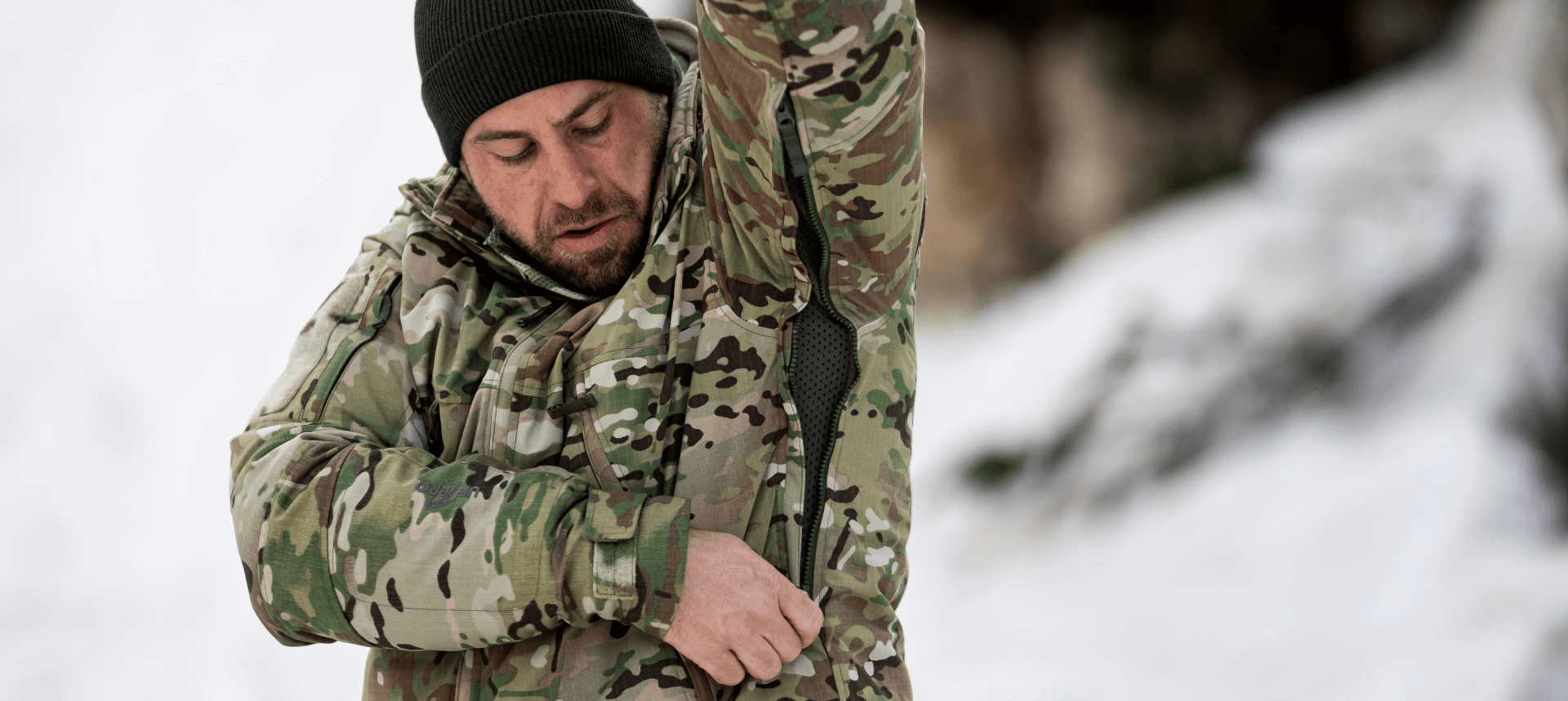
4. Layering systems for optimal performance
One of the most overlooked aspects of tactical clothing is the layering system. A tactical jacket should work as part of a broader system of layers to give you flexibility depending on the temperature and activity level.
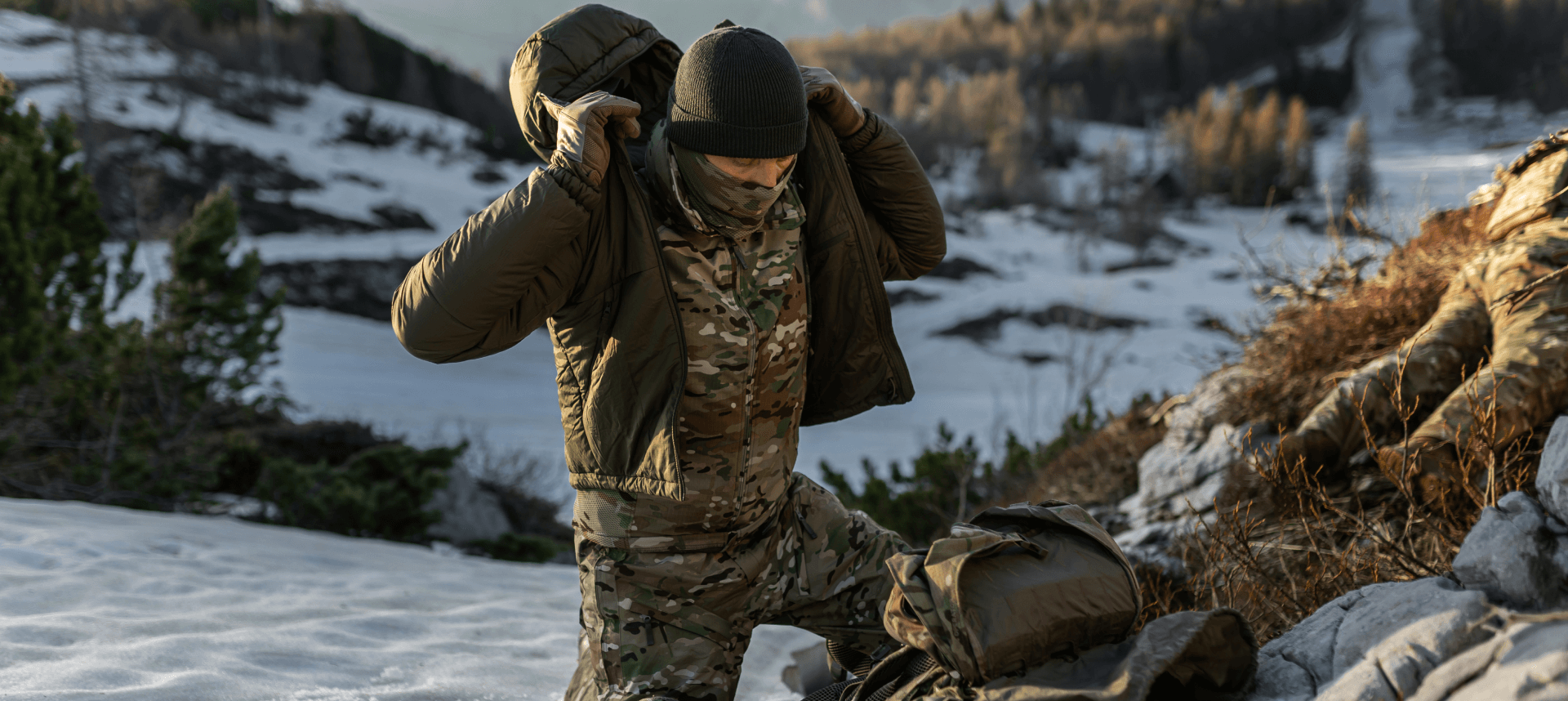
The role of moisture-wicking fabrics
For your base layers, choose moisture-wicking fabrics like 37.5 microfleece technology that effectively draw sweat away from your skin. These fabrics help keep you dry and warm without adding unnecessary bulk, making them an ideal pairing with tactical jackets.
Your mid-layer should provide insulation, using materials like fleece or insulated jackets to maintain warmth. Finally, your outer layer—your tactical jacket—should focus on delivering waterproofing, wind resistance, and breathability to protect you from the elements.
5. Durability and mobility
A tactical jacket is more than just a piece of clothing; it’s a crucial investment in your overall performance. The jacket must be durable enough to handle rough environments and intense use, so look for features like reinforced seams, abrasion-resistant fabrics, and robust zippers that can withstand constant wear and tear. Durability also means the jacket should hold up when carrying other gear like backpacks or plate carriers, ensuring it doesn't fray or wear out at pressure points.
Mobility is equally important, especially for operators who need to stay agile in the field. A jacket that limits your movement can hinder your ability to react quickly, climb, or crouch. Opt for designs that prioritize a full range of motion, with features like stretch panels.
Additionally, ensure your jacket is compatible with other tactical gear, such as plate carriers and backpacks, allowing you wear equipment without restricting movement or causing discomfort. A well-designed jacket should integrate seamlessly with your loadout, keeping you protected and mobile without compromise.
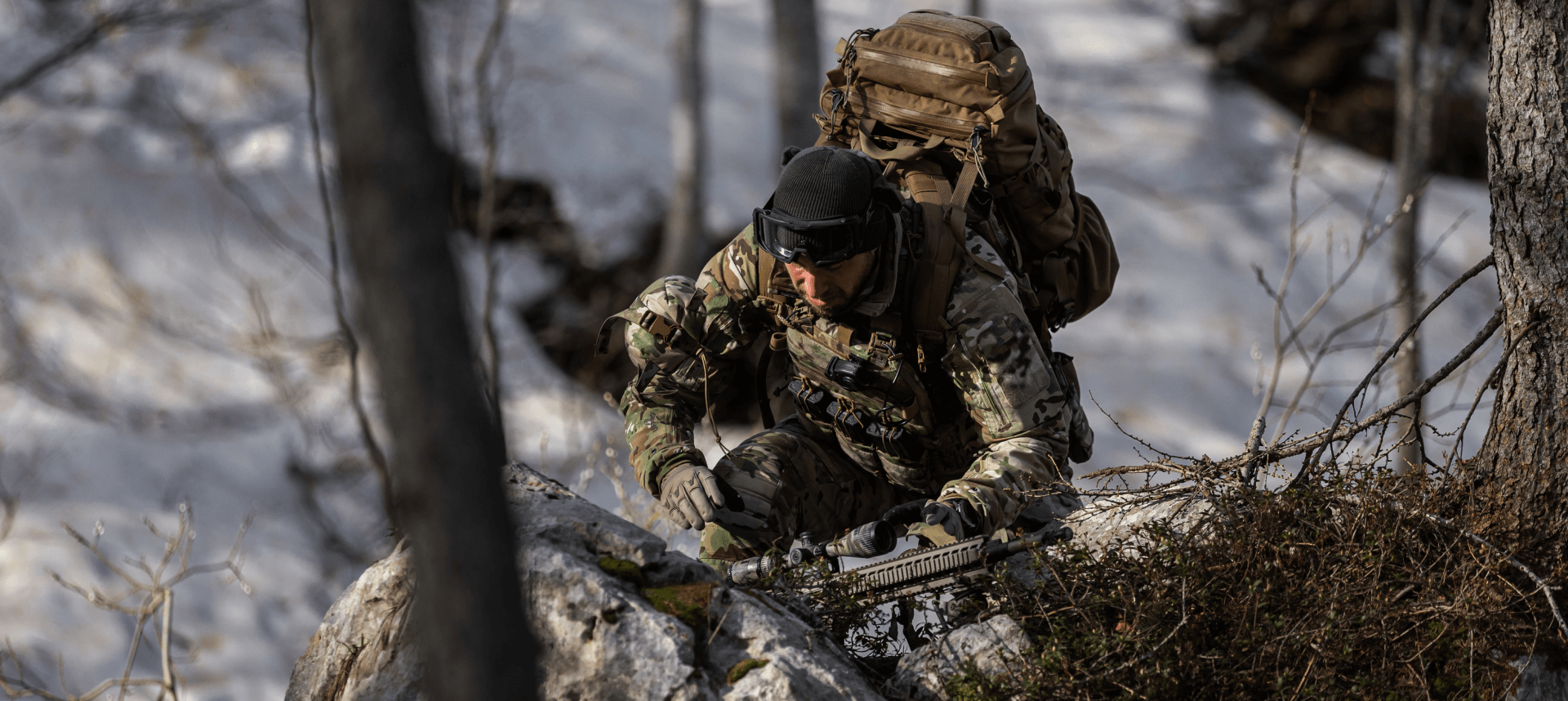
Conclusion
Choosing the right cold weather tactical jacket involves more than just picking the most expensive option on the market. You need a jacket that matches your specific needs, environment, and mission requirements. Consider factors like insulation type, waterproofing, breathability, and durability to make an informed decision.
If you’re gearing up for winter operations, invest in a high-quality jacket designed for extreme conditions. A well-chosen tactical jacket will keep you warm, dry, and ready for anything.

